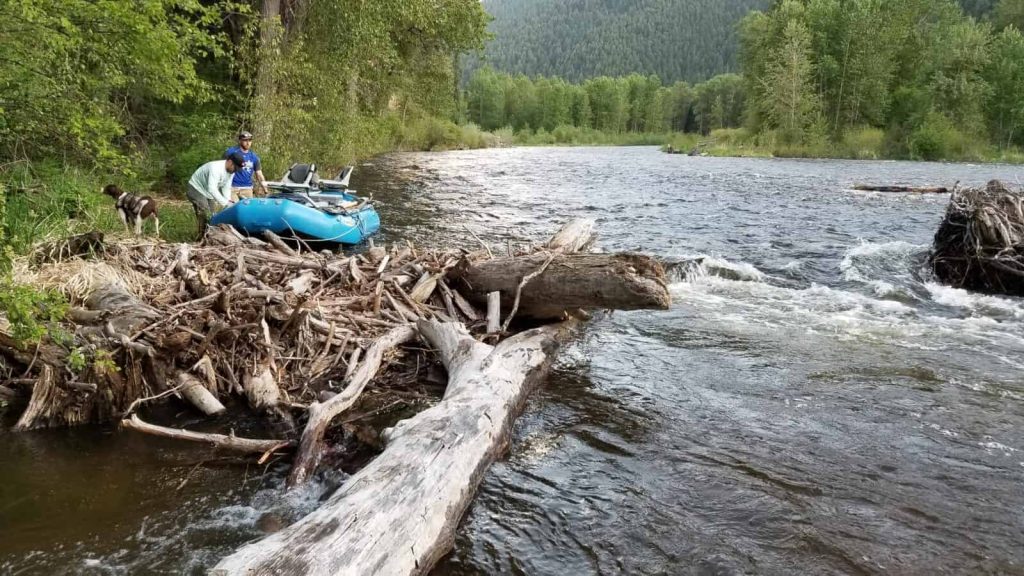How to Fish Freestone Salmonfly Hatches: A Guide to Big Bugs on Turbulent Tributaries.
With the salmonfly hatch looming, here’s the dirt on patterns, presentations, and safety for fishing salmonflies on fast-flowing freestone rivers.
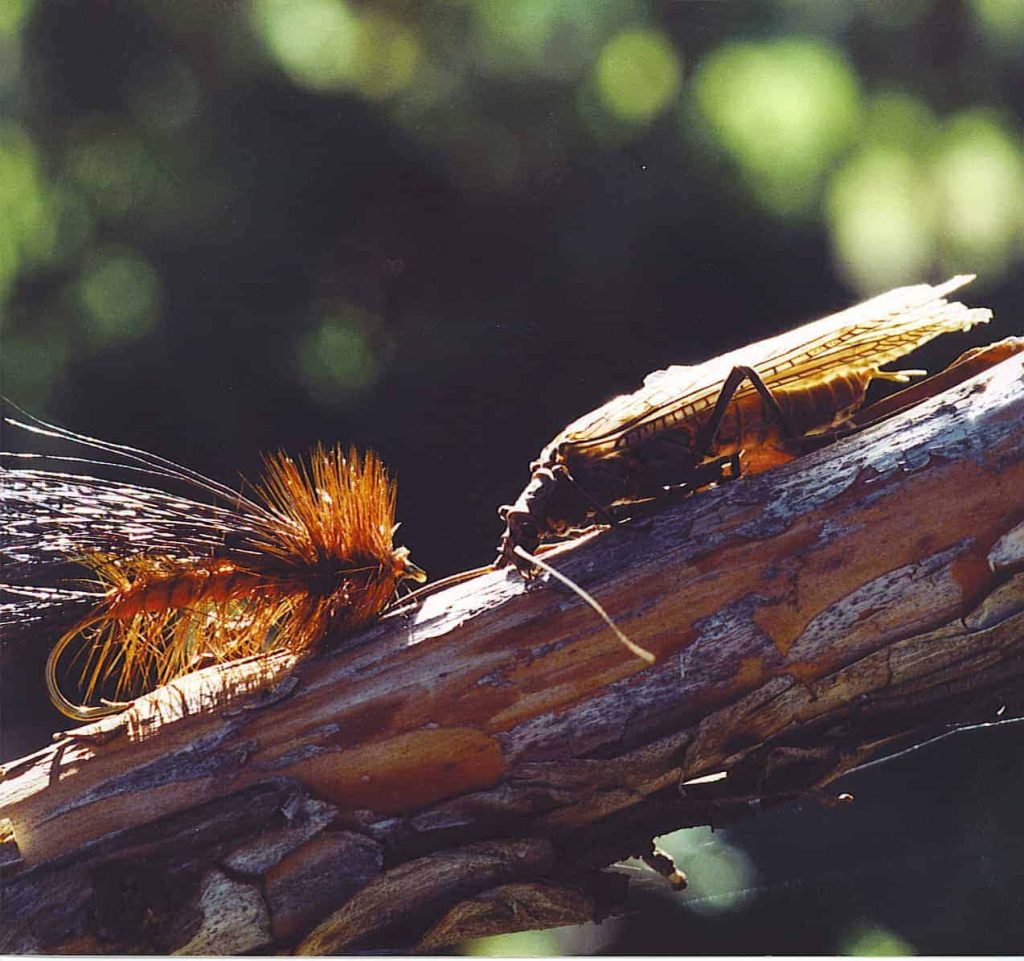
Fishing salmonfly hatches on freestone rivers, like those around Western Montana, is one of dry fly fishing’s most exciting opportunities but requires a specialized approach. I arrived in western Montana with a rather singular understanding of salmonfly patterns and presentations, largely formed from years of fishing this annual hatch on one river, the Deschutes. I can’t speak to what it’s like now, but in the 90’s, when I did most of my work, the Deschutes hosted a truly epic salmonfly event. Trout started keying in on the nymphs in April. Running a single Girdle Bug, Kaufmann’s or Keystone in the fast riffles and pocket water would routinely produce some of our biggest “redsides” of the season for myself and my clients. https://flyfishusa.com/blog/The-Famous-Deschutes-Salmonfly-Hatch
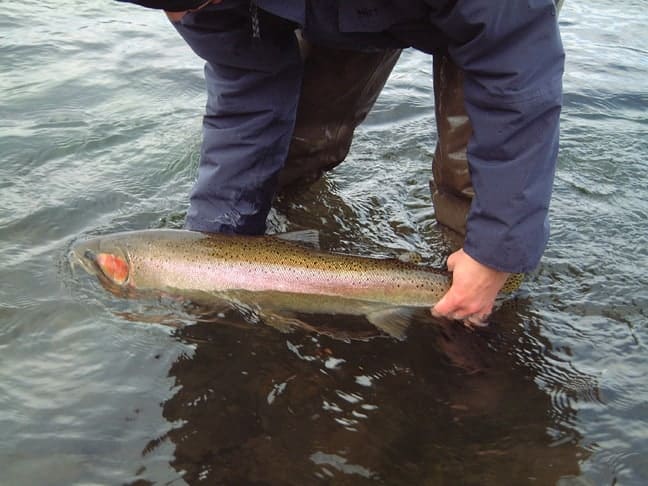
Then the hatch began. In late May, adult salmonflies began to emerge and move upriver in waves through the end of June. In the most prolific water, between Trout Creek and Maupin, the sheer numbers of salmonflies were staggering. Bankside flora sagged from the weight of the bugs and the fauna gorged on the bonanza, from birds to baby rattlesnakes. I remember one evening, we’d fished a little too late and were pushing hard at dusk to find a campsite. The river from bank to bank, was a veritable cloud of egg-laying adults, creating a humming din. You could hear the salmonflies! Had they been locusts I would’ve made my peace then and there.
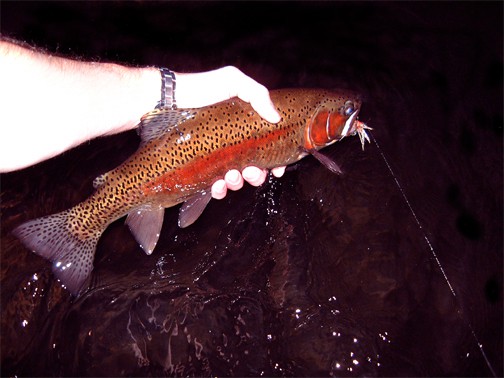
A Learning Experience
The salmonfly scene in western Montana is much different, and initially, I struggled to make sense of it. Like a trout angler fishing the flats for the first time, my experience was working against me. Wherein the Deschutes was a tailwater, 100 miles long, with rather consistent flows, the rivers around Western Montana that play host to salmonfly hatches are dynamic, freestone (undammed) tributaries. Some of these rivers harbor dense populations of salmonflies, and others, like the Blackfoot, have sparse hatches that are difficult to intercept. The salmonfly hatches come and go fairly quickly, as opposed to the month-long smorgasbord I was accustomed to on the Deschutes. I also noticed that on some streams, the individual bugs were larger. My reliable hair-wing patterns didn’t work. Not worth a shit. I fished with some local guys who tied big foamies and they caught way more fish than I did. The trout seemed to be selective to a bigger fly. When fishing from a boat on a fast-moving river, a fly needs to be buoyant, and there’s not enough Gink in the world to keep a Stimulator up on a post-runoff turbulent tributary.
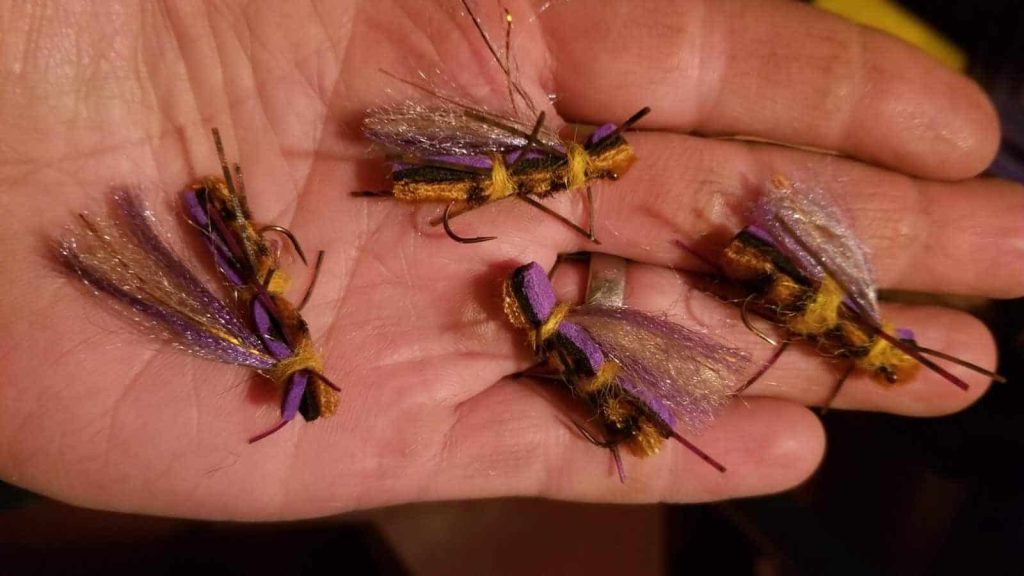
Foam, Foam, and More Foam
Fly patterns are always evolving and fly designers are more creative than ever. I’ve certainly borrowed ideas for my current salmonfly bugs from other tiers. Though I still rely on the timeless hairwing flies in certain situations, my go-to’s when floating tributaries are far larger than the flies I grew up throwing in Central Oregon. Some of them, designed for specific rivers, are 2 inches long. Big fish eat big flies, and salmonflies will draw the attention of a freestone river’s largest trout. 2-foot browns, ‘bows and ‘cutties don’t rise very often, but they will come up and eat a salmonfly and when they do, you better have your shit together.
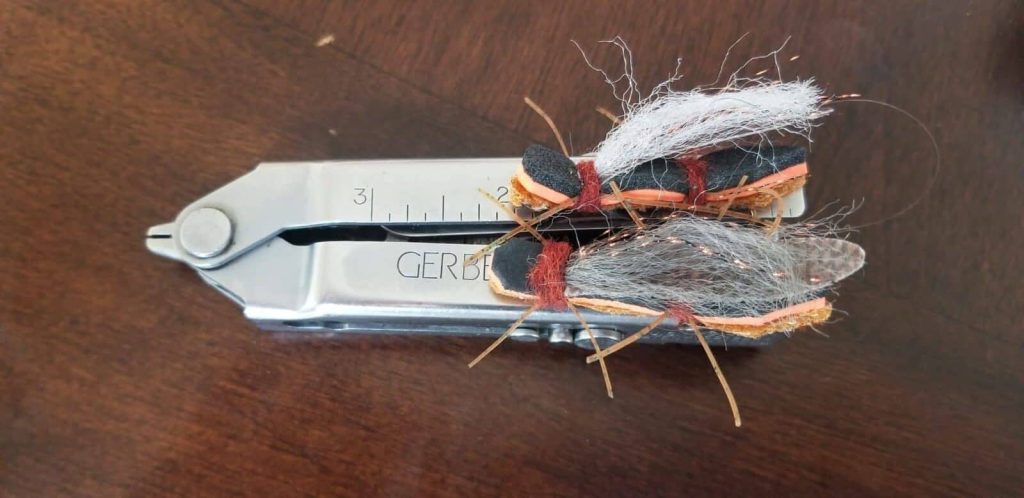
Tackle and Presentations
Which brings me to my next topic, the salmonfly leader. I can’t tell you how many times I’ve had anglers, both clients and experienced friends, struggle to throw a big bug with a 9-foot, 4x tapered leader. I did this too, and I made shoddy casts and broke off alot of fish. While this may well be necessary to fool heavily pressured trout on rivers like the Deschutes, Henry’s Fork, and Madison, on fast freestones rivers, fish a heavy, short leader. I’d start with a 6-foot leader with a 2X tippet and go longer and smaller from there, as necessary. Not only will the short leader turn over nicely with a big ol’ dry fly, it will aid in making accurate presentations beneath trees and tight to willow-lined banks where the big fish hunt for salmonflies. Water clarity tends to be turbid during the salmonfly hatches around here, clouding a fish’s vision. This, coupled with the fast-moving water, allows us to get away with a heavy tippet and hook and hold onto fish, then get them to the net as quickly as possible. Further, this leader will deliver the fly with a “splat”, which imitates a real salmonfly stumbling into the drink or dropping eggs. Bring the rod tip down to accentuate this noisy arrival of a big slab of pteronarcys. Leave the 4 weight at home, and fish a 5 or 6 weight, perhaps overlined with a 6 or 7 weight fly line, respectively.
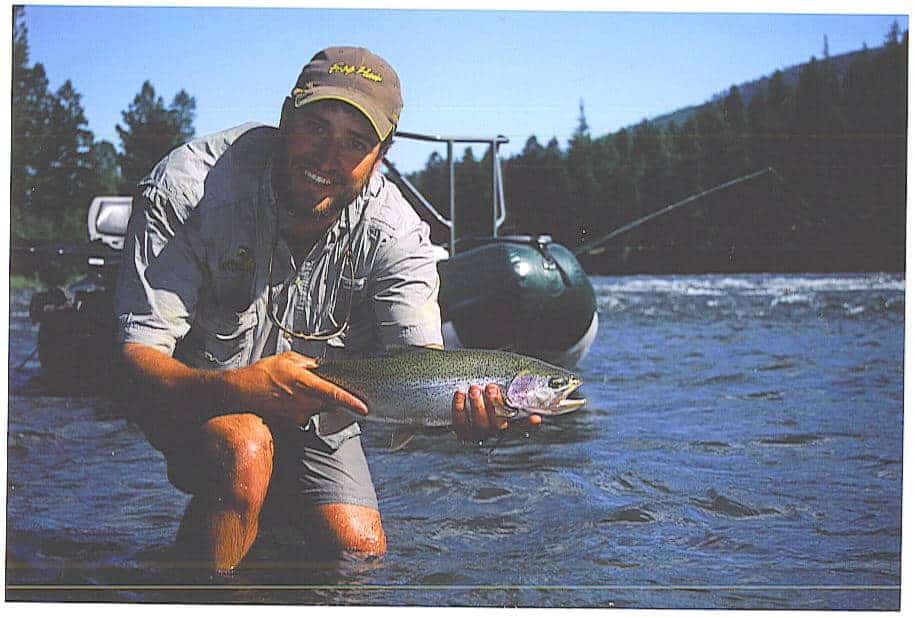
Weather and Whether to Go Deep?
While I appreciate a bright, sunny day on the water as much as a college gal on an inner-tube, a little wind and weather helps with salmonfly action. To initiate feeding activity, the flies need to find their way into the river, and a little breeze, even a little drizzle, is really what we’re after. That’s not to say that an opportunistic fish won’t inspect a dry fly when not many naturals are around, and the “dry or die” philosophy can produce on any given day in May, June, or July. But, when they’re not eating dries, you may find a deep bend in the rod by going deep. I’ve done a ton of nymphing in my life, and like malt liquor, I’ve generally had my fill, with the exception of fishing a single stonefly sans bobber. Years ago, I designed a fly specifically for this application. The Keystone is easy to tie and rides hook up, so you can bounce it along the bottom in the swift shallows where trout target stone nymphs.https://www.gameandfishmag.com/editorial/fishing_trout-fishing_gf_aa066704a/245373


Safety First!
Not only is fishing big dry flies super fun, paired with the obvious opportunity to catch big fish, but running freestones during the spring drop is the most entertaining time of year, in my opinion. Maybe its the old whitewater guide in me, but a little risk adds flavor to a river trip. Of course, rowing experience is a prerequisite for running high-water tribs, but even experienced hands can get into trouble in swift water. I usually bring a raft instead of a drift boat during the salmonfly hatch around here, and often fish with a life vest on. The worst thing that can happen is to lose an oar at the wrong time, and oar tethers are another safety precaution that just might save your life. A spare oar and oar lock is a must, and always keep an eye downriver. Get out and scout if you’re unsure of what lies ahead. I like to wear shorts and studded wading boots so I can jump out and deal with an emergency if I must.https://www.nrs.com/product/77431.02/nrs-oar-tethers
